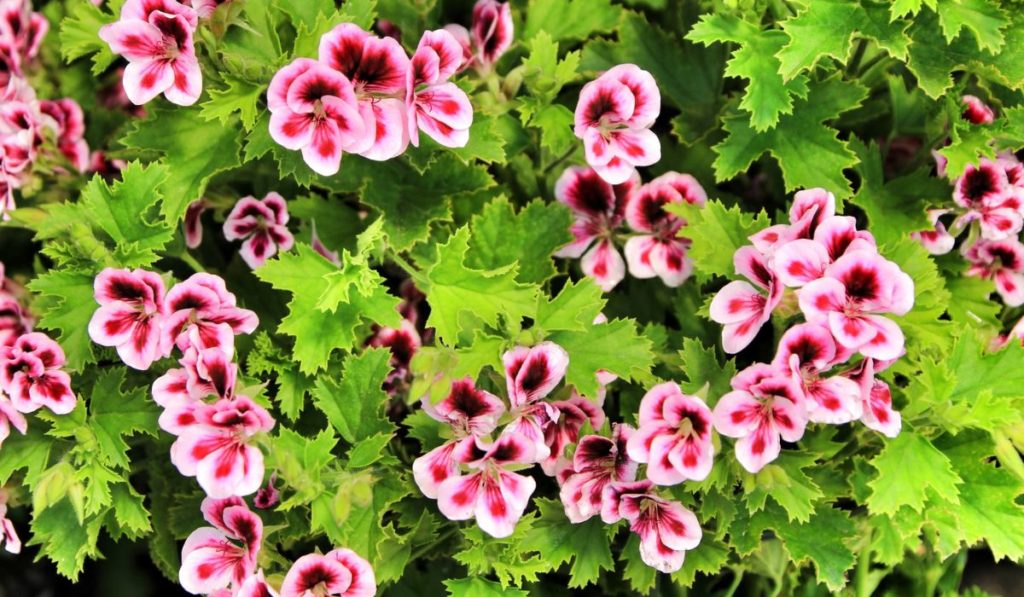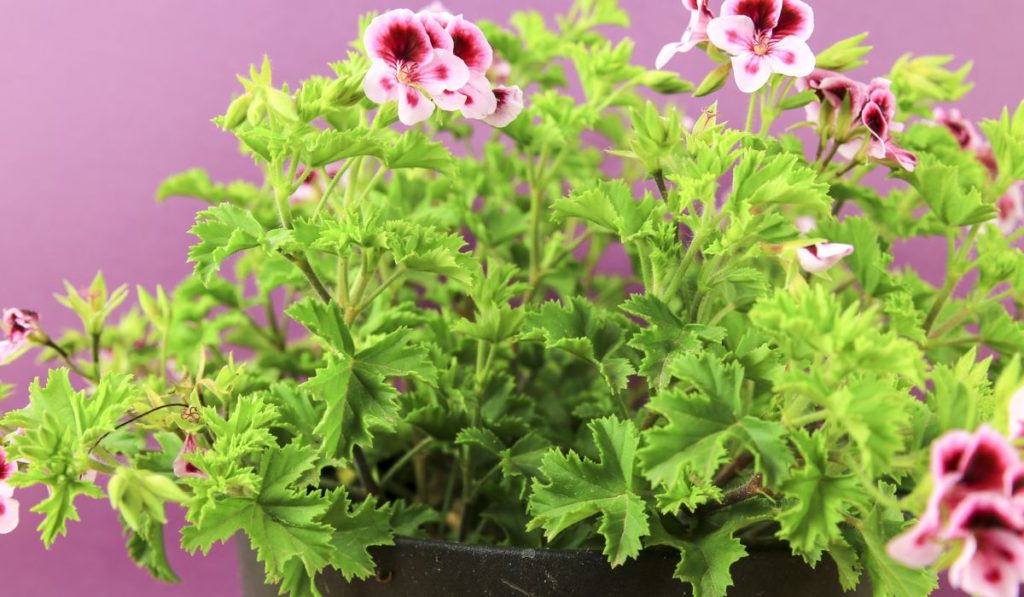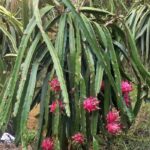To call a citronella plant a super plant isn’t an understatement. This plant can grow in extreme hot and cold conditions across the globe, and its leaves can be used to make mosquito repellents. It also works as an herbal cure for skin diseases and infections and is used in beauty and personal hygiene products such as shampoos and cosmetics. So, how can you grow your very own citronella plant?
A healthy and happy citronella plant requires sufficient space, and it grow up to 4 feet high. It also needs well-drained soil and 6-8 hours of sunshine per day. There are different types of citronella grown for different purposes, so pick the one that meets your needs.
The citronella plant requires some special attention if you want it to stay healthy and blossom, but it’s not too complicated to care for. Plus, it’s a perennial plant, which means that if you take proper care of it, it will live for many years, and you’ll be able to reap its benefits for a long time.
What Is Citronella?

Known by many names, such as Pelargonium citrosum, Citrosa geranium, and mosquito plant geranium, citronella is a cross between citronella grass (a tall grass characterized by its lemony fragrance) and a rose-scented geranium. It’s most famously known as a mosquito plant.
The name suggests that the plant contains citronella, a common ingredient used in insect repellents (on Amazon) and candles (also on Amazon), but it’s really a variety of scented geranium that gives off a citronella-like scent when you crush its leaves.
The citronella is a herbaceous plant that has green, scented foliage, and lavender-like, pink flowers. The oil from the crushed leaves of the plant is used to repel mosquitoes. However, not all types of citronella plants are used as mosquito repellents; some are even used to combat bacteria and fungi.
What Are the Different Types of Citronella?
While there are around 50 different types of citronella plants found around the world, not all species are grown to the same degree. Some of the more common and popular citronella plants are the following:
Cymbopogon Nardus
Perhaps the most common and widely known citronella plant, Cymbopogon nardus is also known as Ceylon Lemongrass and its leaves are the most extensively used to extract oil. The plant is naturally found in East Africa and can grow up to one meter high.
Cymbopogon Martini
Native to South Asia, and in particular India, Cymbopogon martini has small red-colored flowers and produces an oil with a rosy fragrance. It’s also known as palmarosa, and the oil extracted from its leaves is added to many soaps and food items.
Cymbopogon Bombycinus
Commonly found in Australia, this type of citronella has hairs on its leaves, and the oil extracted from them is used as a medicine to relieve pains and colds.
Cymbopogon Schoenanthus
This type of citronella can withstand very hot climates and is therefore mostly found in Saudi Arabia and North Africa. The oil obtained from Schoenanthus is used as an ingredient in personal hygiene products and for treating skin conditions and infections.
Cymbopogon Obtectus
Cymbopogon obtectus is used to improve soil quality so that other plants can thrive in it. It’s also used to combat desertification and can withstand tough weather conditions.
How Much Sunlight Does a Citronella Plant Need?
The amount of sunlight that a citronella plant needs depends on the type you have. Many types of citronella plants can withstand extreme desert-like conditions, which means you can plant them in areas that receive 10-12 hours of sunlight per day without any problem.
Meanwhile, other types, especially those grown indoors, require 6-8 hours of sunlight per day, so make sure you keep them near a window that gets sufficient light.
What Kind of Climate Does Citronella Grow Best In?

Citronella plants can live and thrive in various weather conditions, including some extreme temperatures. Some species are found in the hot deserts of Saudi Arabia, while others are present in the humid fields of India and the frost-covered plains of Australia.
Still, some types require frequent watering if put in drought-like conditions. Similarly, they require protection from frost if they’re weak against cold. This all comes down to the type of citronella plant you want to grow.
How Often Should You Water Your Citronella Plant?
Since the citronella plant can survive in drought-like conditions, it doesn’t require a lot of water. You only need to water the plant when the top level of the soil, whether indoors or outdoors, starts drying up.
If you have citronella growing inside a pot, make sure it has proper drainage so that there’s no standing water in the soil. Also, make sure that you get rid of the water that collects in the saucer underneath the pot.








